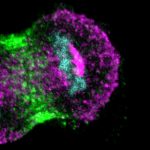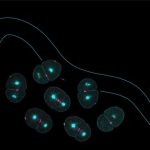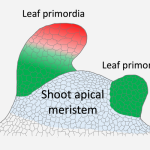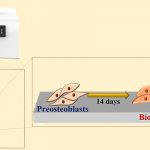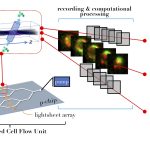During cell division, the parent cell partitions its duplicated genetic material equally to pass on to its daughter cells. However, the genetic material, encoded as DNA on the chromosomes, is enclosed in a double membrane organelle, the nucleus. This poses a problem during cell division when the chromosomes must be pulled apart into the new daughter cells. To circumvent this, cells undergo a process known as nuclear envelope breakdown (NEBD), in which the nucleus breaks down to release the chromosomes, allowing them to be sorted into the daughter cells. Finally, when cell division is completed, the nuclear envelope re-forms and encloses the genetic material.
What is the mechanism by which NEBD occurs? A recent study, led by Sachin Kotak, Associate Professor in the Department of Microbiology and Cell Biology, IISc, has shed new light on the process of NEBD. The team investigated cell division in embryos of the nematode species Caenorhabditis elegans as a model system.
Antagonistic kinetic reactions are those in which enzymes called kinases add a phosphate group to a substrate protein and other enzymes called phosphatases reverse this reaction. Such reactions are required for cell cycle progression. However, scientists believed that NEBD was solely brought by the action of kinases.
In this study, the authors serendipitously discovered that the absence of a subunit of phosphatase PP2A, called B55SUR-6, in the embryos, led to incomplete and inefficient NEBD. The nuclear envelope stayed intact during cell division which caused faulty chromosome segregation in the daughter cells, ultimately killing them. Using rigorous genetic screening, the team identified an important phosphatase substrate called lamin, a key component of the nuclear envelope. Based on their findings, they propose a new model of NEBD where a balance of kinase and phosphatase action is essential.
The role of phosphatases in NEBD was previously unknown. The findings, therefore, can be instrumental in investigations that seek to develop new therapies and approaches for the treatment of diseases such as cancer where cell division goes awry.


